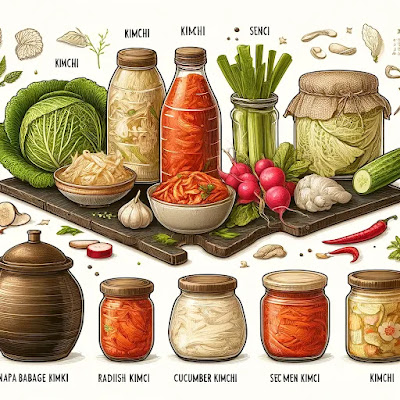Unlocking the Health Benefits of Turmeric: Anti-Inflammatory Properties and Brain Health
.webp)
Turmeric, a vibrant yellow-orange spice commonly used in Asian cuisine, has gained recognition for its numerous health benefits. This blog explores the anti-inflammatory properties of turmeric and its potential to support brain health. Discover how turmeric can play a role in preventing chronic diseases, boosting mental health, and how you can easily incorporate it into your daily diet. Introduction to the Health Benefits of Turmeric Turmeric, a golden-yellow spice derived from the Curcuma longa plant, is renowned not only for its culinary uses but also for its medicinal properties. The key active component in turmeric is curcumin, which is responsible for its vibrant color and health benefits. This article delves into the diverse health benefits of turmeric, particularly its anti-inflammatory properties and its potential to enhance brain health. Turmeric and Its Historical Significance Turmeric has been used for centuries in traditional medicine systems like Ayurveda and Traditional C
.webp)


.webp)